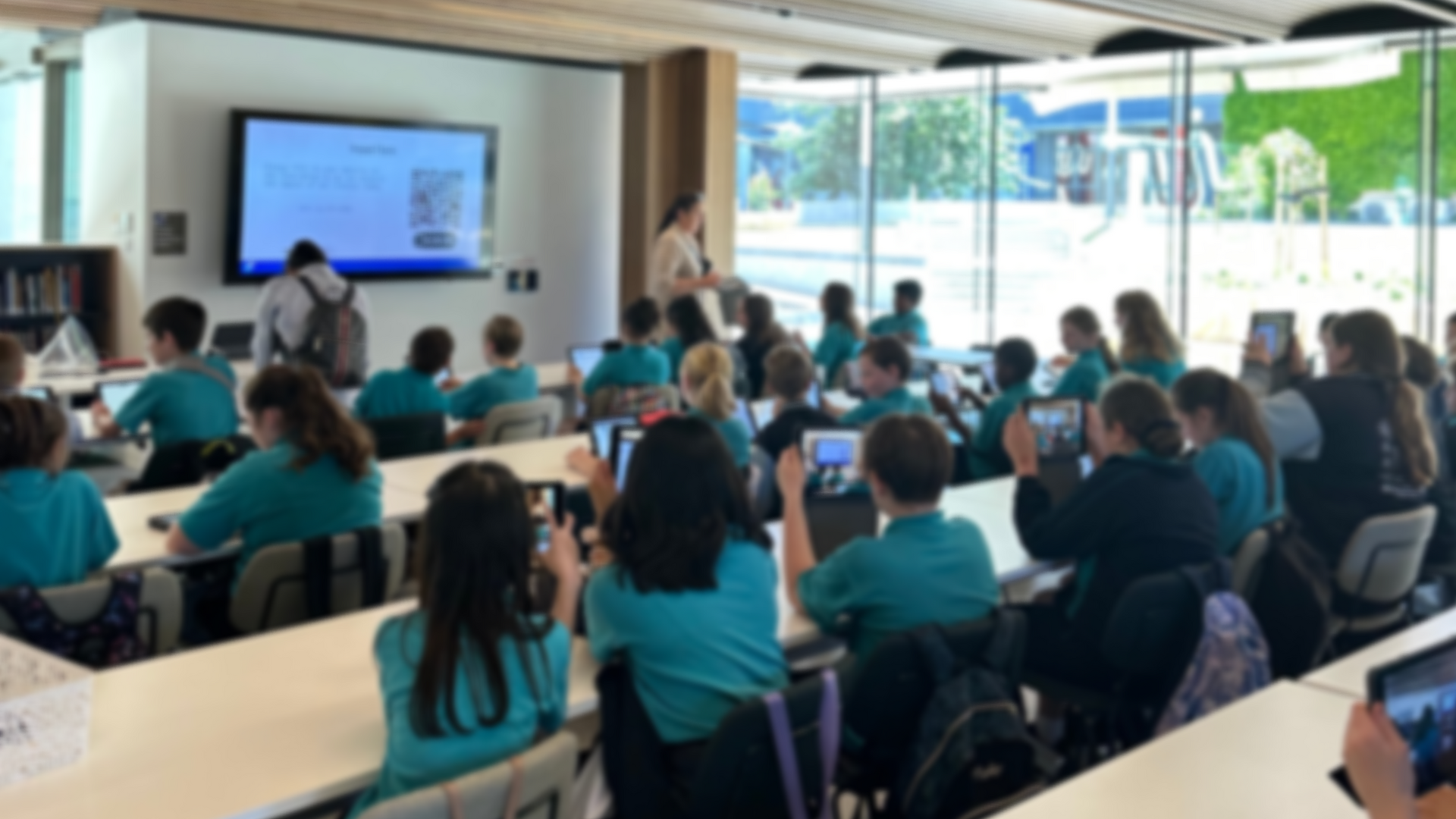Creative Youth Coding Program
The Creative Youth Coding Program is a dynamic initiative designed to empower socially and financially disadvantaged students, including First Nations communities access to foundational STEM education.
Each curriculum is 8-10 weeks in length, usually aligned with the school term. Students aged 7-12 collaborate to design and build digital games, learning essential concepts like programming, mathematics, computational thinking, and logic. Our program goes beyond coding basics, incorporating advanced topics such as trigonometry, modular arithmetic, and game mechanics to create engaging, hands-on learning experiences.
Our method has proven impact, with many participants demonstrating significant improvements in STEM knowledge and programming skills. First Nations students, in particular, have shown remarkable progress, bridging educational gaps in underrepresented communities.
“Our Students were delighted to be able to access a program that challenged their ability to code or to have access to learn a new skill. During this session students were able to enter deep learning and struggle, then feel a sense of achievement once they completed a step. As a teacher this was wonderful to watch!”
How We Do It
We provide the curriculum and training to enable you to have a self-sustaining coding club comprising of:
-
We equip your volunteers/staff to confidently lead the program through expert-led sessions.
-
We provide a structured and engaging curriculums, along with instructional videos, lesson plans and resources for ranging from eight to ten structured classes.
-
We're here to answer yours questions, offer feedback, and guide you throughout program implementation.
-
Our classes have been proven to improve STEM knowledge and engage students who are usually disengaged. We have included a snapshot of our latest impact report to demonstrate the results we have achieved thus far.
This ensures equitable access to the digital tools and resources that young people from all backgrounds need to succeed in the future.


